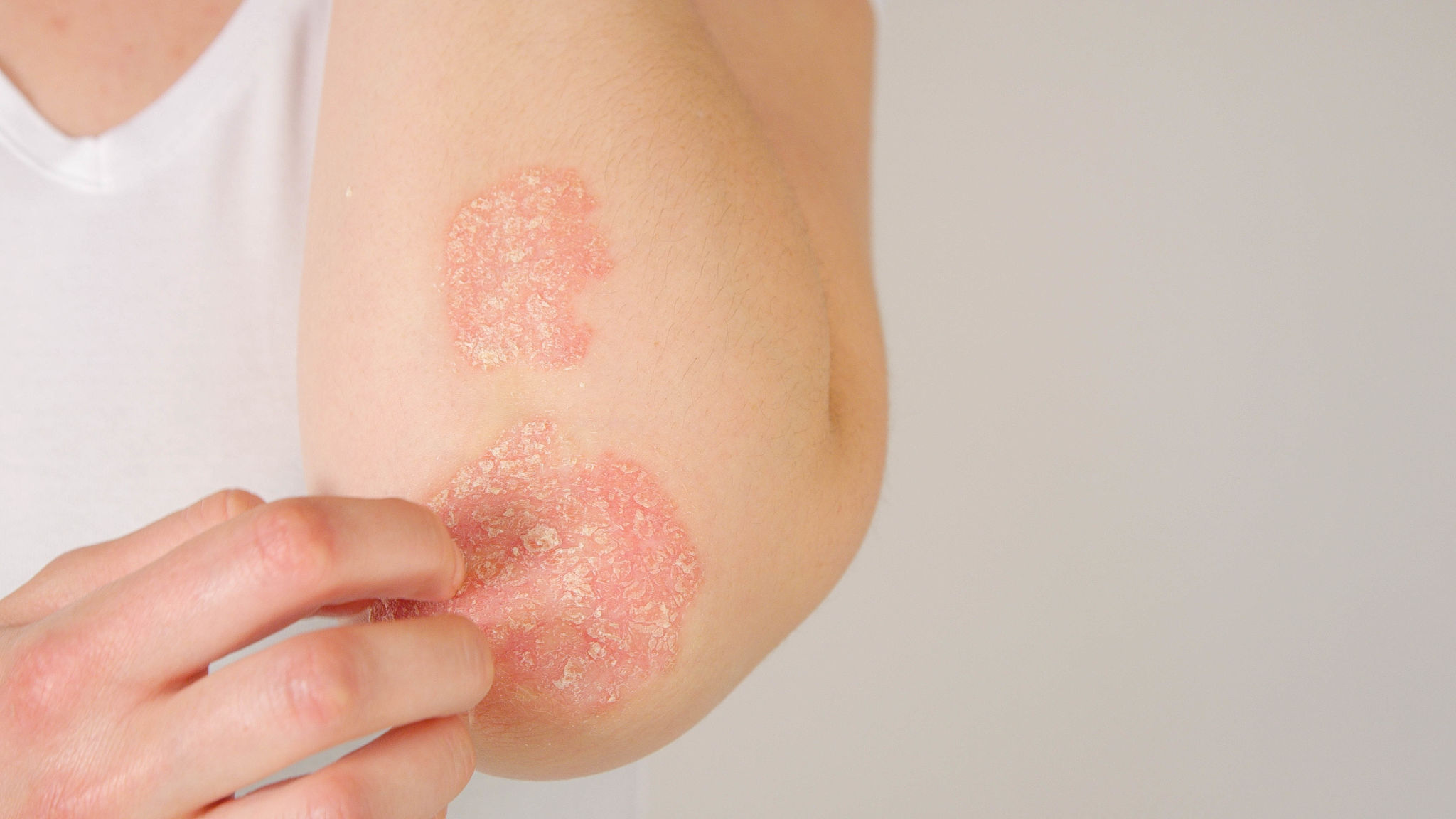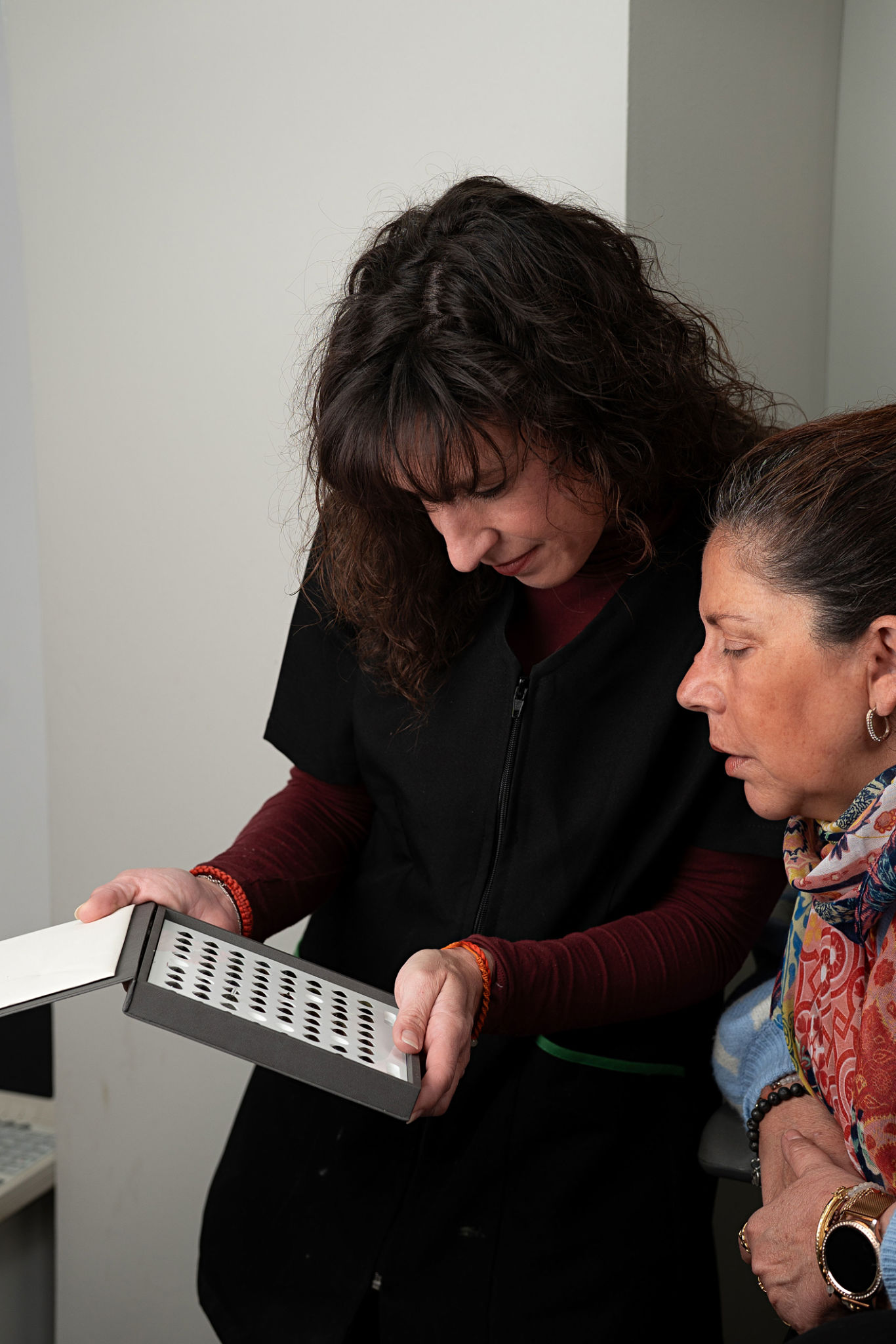Understanding Toenail Psoriasis: Causes and Treatments
What Is Toenail Psoriasis?
Toenail psoriasis is a condition that affects the nails, causing them to appear discolored, thickened, and brittle. This form of psoriasis occurs when the immune system mistakenly attacks healthy cells in the nails, leading to inflammation and abnormal nail growth. While it is a chronic condition, understanding its causes and treatments can help manage symptoms effectively.

Causes of Toenail Psoriasis
Plaque psoriasis is the most common type of psoriasis that can lead to toenail psoriasis. The exact cause is not fully understood, but it's believed to be linked to a combination of genetic and environmental factors. Individuals with a family history of psoriasis or those exposed to certain triggers like stress, skin injuries, or infections are at a higher risk.
It's important to note that toenail psoriasis is not contagious. The condition may coexist with other forms of psoriasis, such as scalp or skin psoriasis, and can sometimes be mistaken for fungal infections due to similar symptoms.
Symptoms and Diagnosis
Recognizing the symptoms of toenail psoriasis is crucial for early diagnosis and treatment. Common symptoms include:
- Nail discoloration, often appearing yellow-brown
- Pitting or small dents on the nail surface
- Nails becoming thickened or crumbly
- Nail separation from the nail bed (onycholysis)

Diagnosis usually involves a physical examination by a dermatologist. In some cases, a biopsy may be performed to rule out other conditions like fungal infections.
Treatment Options
While there is no cure for toenail psoriasis, several treatments can help alleviate symptoms and improve nail appearance. Treatment options include:
- Topical Treatments: Corticosteroid creams or ointments applied directly to the nails can reduce inflammation.
- Systemic Treatments: For severe cases, oral medications or biologics that target the immune system may be prescribed.
- Phototherapy: Light therapy can help manage symptoms by slowing down cell growth.
- Nail Care: Keeping nails trimmed and clean can prevent further damage and infection.

Lifestyle and Home Remedies
In addition to medical treatments, adopting certain lifestyle changes can significantly improve toenail psoriasis management. Moisturizing regularly, avoiding nail trauma, and wearing well-fitted shoes are simple yet effective measures. Incorporating a healthy diet that supports immune function may also contribute positively.
Using antifungal nail polish or treatments can help prevent secondary infections. Additionally, reducing stress through practices such as yoga or meditation can lower flare-ups by minimizing one of the major triggers of psoriasis.
Living with Toenail Psoriasis
Coping with toenail psoriasis requires patience and diligence. It's essential to follow prescribed treatments and consult healthcare professionals regularly for monitoring and adjustments. Joining support groups or forums can offer emotional support and practical advice from others experiencing similar challenges.
Remember, while toenail psoriasis can affect self-esteem due to its appearance, effective management can lead to significant improvements. Open communication with your healthcare provider is key to finding the right treatment plan that fits your lifestyle.
